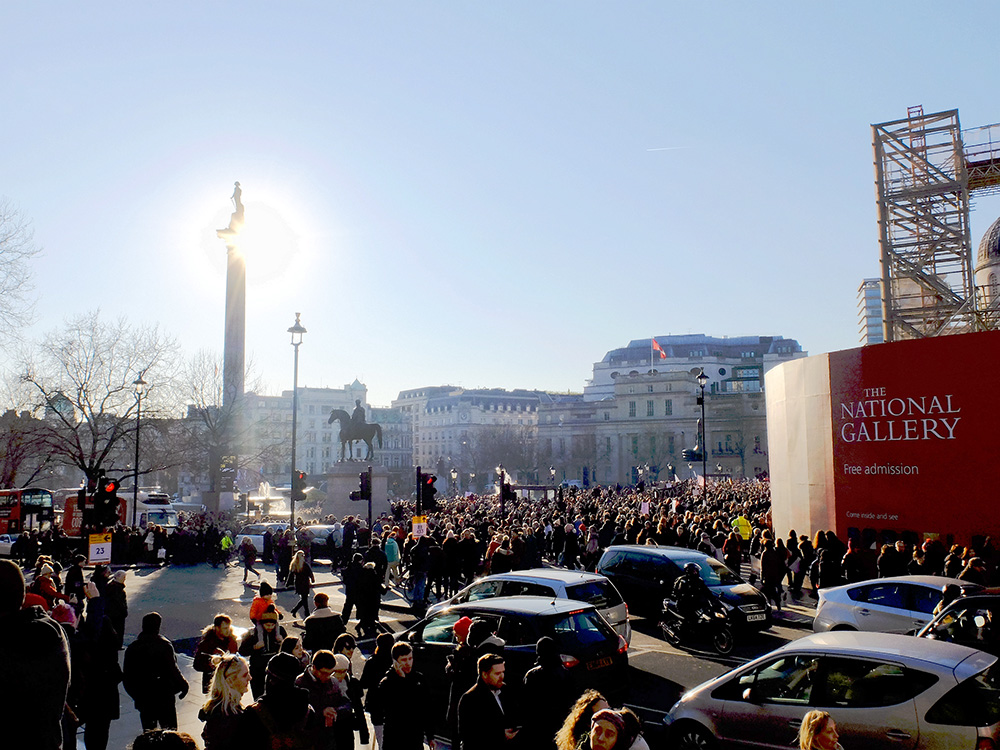Everyone who likes history may have the fantasy of traveling back to the past and to actually witness major historical events. As a history major, I love the history of the 60s America. Sometimes I imagine myself standing in the crowd of President John F. Kennedy’s speech at Rice University and hear him saying those exciting words, “We choose to go to the moon in this decade and do the other things, not because they are easy, but because they are hard.” Sometimes I imagine myself standing with thousands of people in front of the Lincoln Memorial, seeing Martin Luther King to end his spectacular “I Have a Dream” speech. The 60s America was about social activism; it was an era when people started to speak up and fight against social inequalities. The 60s America was an age when ordinary individuals did extraordinary things. The 60s was an age of change; just like today’s world. I believe that we—people living in this age—are experiencing an extraordinary era that will have tremendous influence on the future. Maybe thirty, forty years from now, people will look back to 2017 and say, “That was an age of change, I wish I was there to witness all these things.”
January 21 was a sunny and mild day. I was in London to visit a friend and the British Museum. It was my first time coming back to London since 2013. I walked from the Museum to the Waterloo Station and accidentally ran into the Women’s March on London at the Trafalgar Square. The March was impressive; I had never seen so many people gathering at one place since my last visit to Tiananmen Square in Beijing. The whole Trafalgar Square was packed with people, music, speeches, and card boards with various slogans. The crowd stretched from the National Gallery to the roads on the other side, burying the lonely column of Admiral Nelson with enormous passion. Young women were the majority of the marching crowd; most of them wore bright and fashionable clothes, and a lot of them wore pink hats in reference to President Trump’s past statements about women. The new presidency of America was the central theme on people’s card boards.


